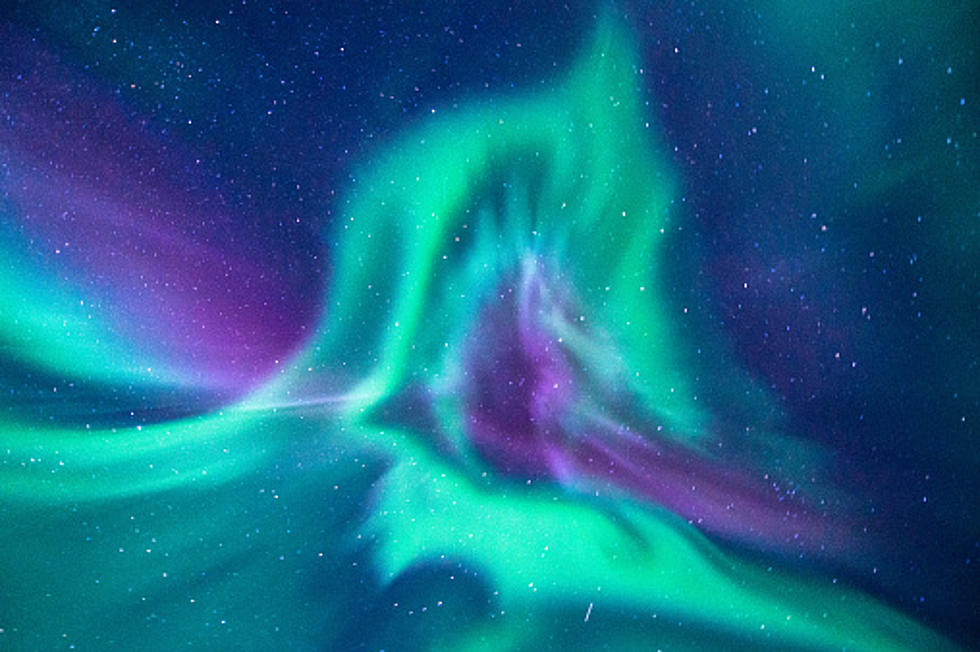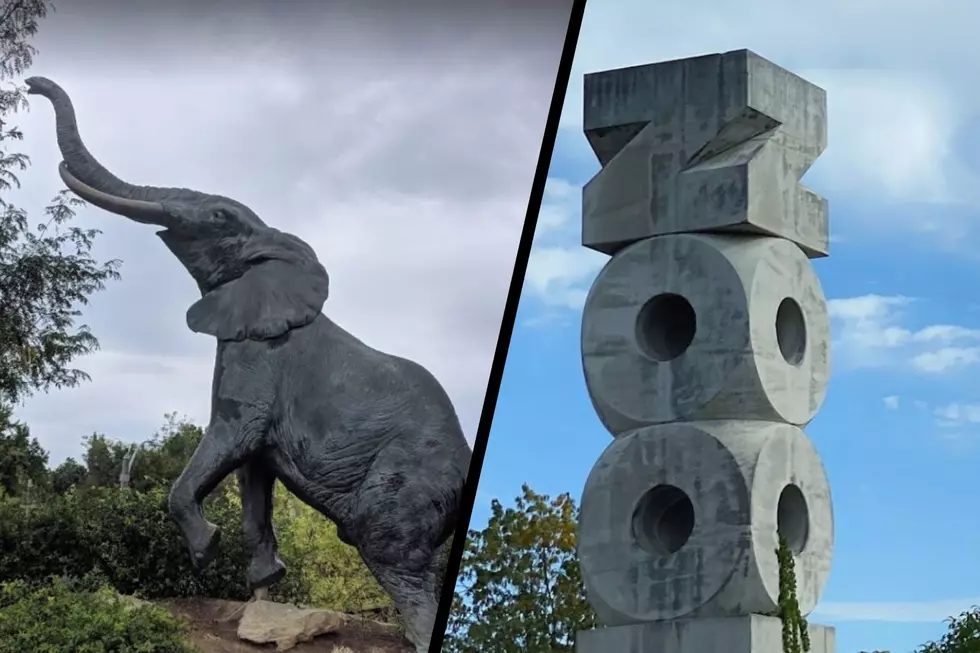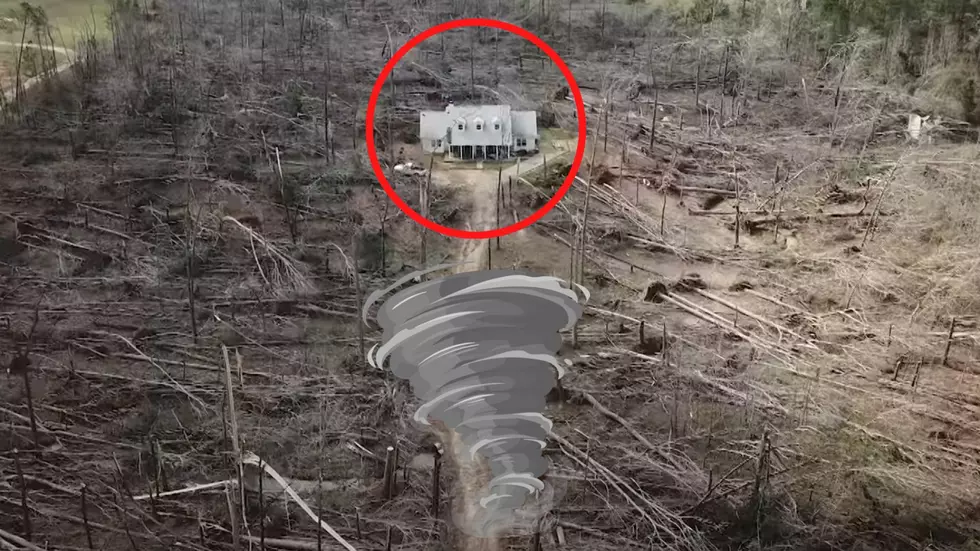![Evansville May Get Glimpse Of Northern Lights [Video]](http://townsquare.media/site/782/files/2012/01/Coronal_Mass_Ejection_M2_6_Solar_Flare_NASA-SDO.png?w=980&q=75)
Evansville May Get Glimpse Of Northern Lights [Video]
Our chilly northern skies are getting lit up by the broiling sun. The largest radiation storm on the star at the center of our galaxy since 2005 is giving the world (and Evansville) a rare opportunity to see the aurora borealis (aka Northern Lights).
The last time the sun produced such intense solar flares (what NASA and NOAA classify as M2.6) was in 2005.
The burst of energy (at 6 × 1025 joules, or really intensely powerful) out into space in the form of a radiation storm (electrons, ions and atoms, look out!) When that radiation hits the earth's geomagnetic field, it produces a solar wind. It is that solar wind, moving across the earth's atmosphere, which produces the Northern Lights.
NASA scientists say this week's solar flare is an indication the sun is going to start getting more active in the coming years.
Take a look at the videos for some spectacular shows the northern lights have been putting on in the last 24 hours.
More From WGBFAM









